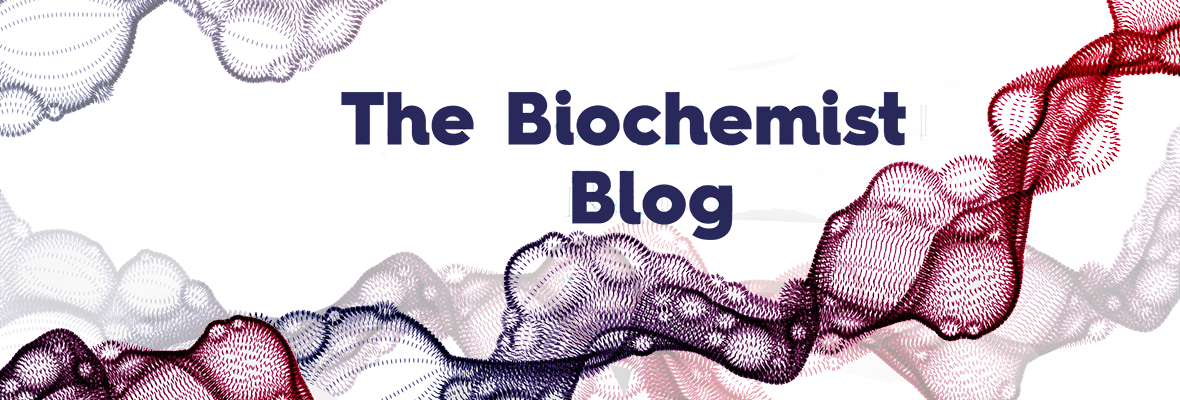By Karen Anthony, University of Northampton, UK
Brain involvement in Duchenne muscular dystrophy was described by Duchenne de Boulogne himself in 1886. It has been largely ignored.
Duchenne muscular dystrophy (DMD) is a fatal genetic disorder that predominantly affects male children. There is no cure. Besides severe muscle wasting, the disease also affects the brain.

DMD is caused by DNA mutations that result in the body-wide loss of a protein called dystrophin. Dystrophin is essential for muscle strength and function. It acts like a shock absorber, without it muscles become weak and break down. Most affected children will be in wheelchairs by their early teens with death typically occurring in early adulthood because of complications with the heart or lungs.
Duchenne is first and foremost a muscle disorder, but the intelligence of individuals with the disease is lower than the general population. Intellectual disability, epilepsy, autism and attention deficit hyperactivity disorder are also common. Mounting evidence links these symptoms to the loss of dystrophin in the brain. But given the more urgent need to treat the muscles, brain involvement in DMD has been ignored.
Over the last few decades, research has improved the standard of care and extended the lifespan for those living with DMD. There are now experimental drugs that can restore dystrophin in muscle and we are seeing more and more boys living well into adulthood. Now is the time to start thinking beyond the muscle towards whole body treatments. The high risk of psychiatric syndromes in Duchenne warrants early intervention to achieve the best possible quality of life.
So what does dystrophin do in the brain and why is its loss linked to cognitive and behavioural problems? We understand very little. Unlike muscle, the brain produces several different types, or isoforms, of dystrophin. These are found in different regions of the brain, and in different parts of the cell. Proposed functions are therefore diverse and range from a scaffolding function in the nucleus to roles in synapse activity.
My colleagues at the University of Northampton and I have discovered the most common isoform of dystrophin found in the brain, called Dp71, may play a role in cell growth. Alterations in this process are linked to psychiatric disorders prevalent in DMD such as autism. This work could therefore open a whole new approach for brain-targeting treatments for Duchenne.

The lack of understanding of how dystrophin functions in the brain is a major roadblock to the development of effective whole-body treatments. There is an urgent need for fundamental research in this area. My postgraduate research student, Amanda Ash, and I have this month launched a crowdfunding campaign to raise awareness and funds to help kick start such work. The platform, Experiment, recently surpassed £1,000,000 in total funding raised. Scientists using the platform have been featured in The Economist, Forbes, Nature, and The New York Times.
The campaign will run throughout September, a busy month for the Duchenne community. World Duchenne Awareness Day is celebrated today. The 7th of the 9th. 79. This is no coincidence. The gene that makes dystrophin is made up of 79 sections, or exons. The 79 exons are joined together like a jigsaw. In general, mutations that delete and disrupt this ‘jigsaw’ will cause Duchenne muscular dystrophy.

To find out more about Duchenne and help raise awareness, visit www.worldduchenneday.org and release a virtual balloon!
To find out more about my research, visit https://experiment.com/projects/what-is-a-muscle-protein-doing-in-the-brain. Backers of the campaign can claim STEM mentoring and career advice, exclusive lab tours and brain stress relievers.

About me
I am a Senior Lecturer in molecular bioscience at the University of Northampton. Prior to this I worked with Professor Francesco Muntoni at University College London. I have led pre-clinical and clinical studies to develop experimental gene therapy approaches for types of dementia and neuromuscular disorders. As a national STEM ambassador, I am committed to inspiring young people, particularly women, into science. I am a strong advocate for research-based teaching and leads a dedicated science communication module on the BSc (Hons) in Human Bioscience course.
You can find me on Twitter @Weekademia and on ResearchGate and I also have my own blog Weekademia.

